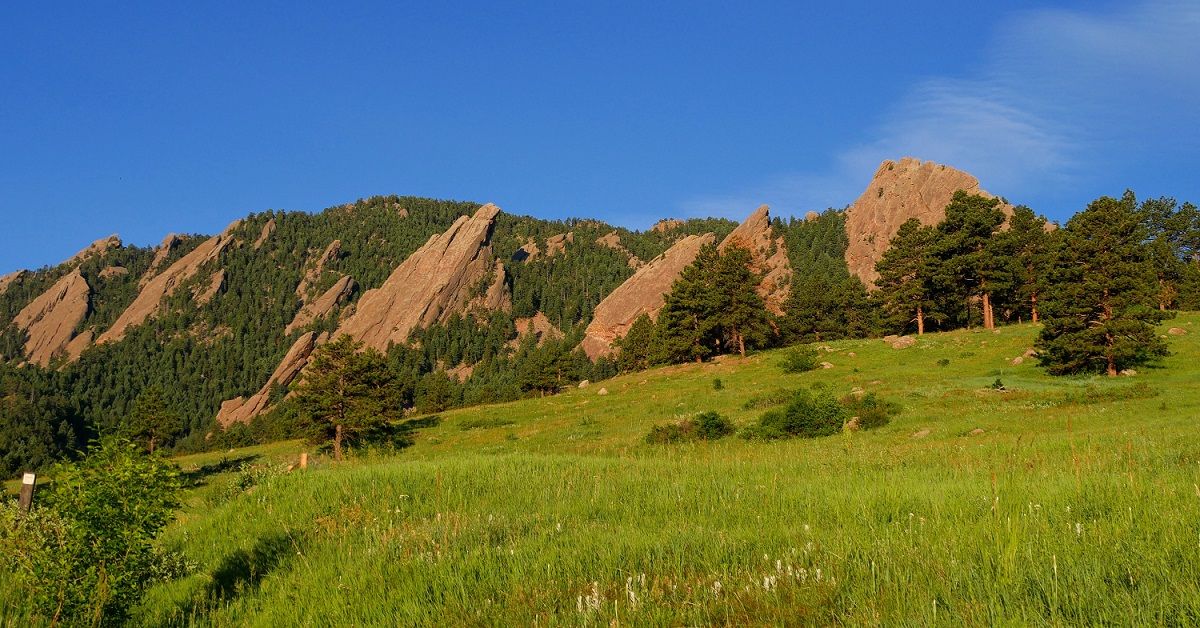
The Fllatiron rock formations above Boulder, Colorado.
Is a Picture Worth a Thousand Words?
Capturing aesthetic preferences with social media and computer vision.
Logan, Utah, December 7, 2021 - Identifying the landscapes an outdoor recreationist seeks for personal enjoyment has never been easier. The exploding popularity of social media to share personal experiences through photographs online is great for friends and followers but has also become a valuable source of information for social and spatial scientists.
In a recent study, researchers from the Institute of Outdoor Recreation and Tourism used a computer vision algorithm to automatically classify the content of social media photographs. Those results were compared with landscape preferences reported in on-site visitor surveys. Understanding which landscapes visitors use and prefer when enjoying the outdoors is important for park managers and recreation planners to protect and maintain these resources.
Nearly 9,400 social media photographs from Flickr that were taken along Colorado’s Front Range were analyzed and labeled by the Google Cloud Vision algorithm. Compared to manual interpretations using a subset of the photographs, labels made by the algorithm were reasonably consistent (78.6% mean agreement). Classifications were better with certain landscape features, performing best for images of water, infrastructure, and agricultural lands, as compared to forests, which produced mixed results. Nevertheless, the high degree of accuracy of this method shows great promise for using social media in science.
When comparing the preferences identified through the computer vision algorithm to survey responses, the researchers found social media photos did not always reflect recreationists’ stated preferences. The study noted this is likely because there were too many important features to fit into a single photograph, or possibly, the presence of something unusual along the trail. The algorithms are good at quantifying general types of visitor experiences, but to determine which landscapes recreationists prefer, the study recommended visitor surveys be used as well.
Emily Wilkins, lead author and former post-doctoral research associate with the Institute of Outdoor Recreation and Tourism, stated “Photos from social media have a lot of potential to give park managers more information on visitors’ experiences and preferences. Social media content shouldn’t be used to replace visitor surveys but can be used in different and complementary ways.”
Another finding was that visitors who planned to share their park photographs on social media versus those who did not use social media had no difference in their preferred landscapes. Almost half of the visitors said they would share a photo of their park visit on social media.
This study shows how computer vision algorithms can be used effectively when caution is employed to avoid the potential pitfalls with this rapidly evolving technology.
Contact:
Jordan W. Smith, Ph.D.
Institute of Outdoor Recreation and Tourism
S. J. & Jessie E. Quinney College of Natural Resources
jordan.smith@usu.ed

